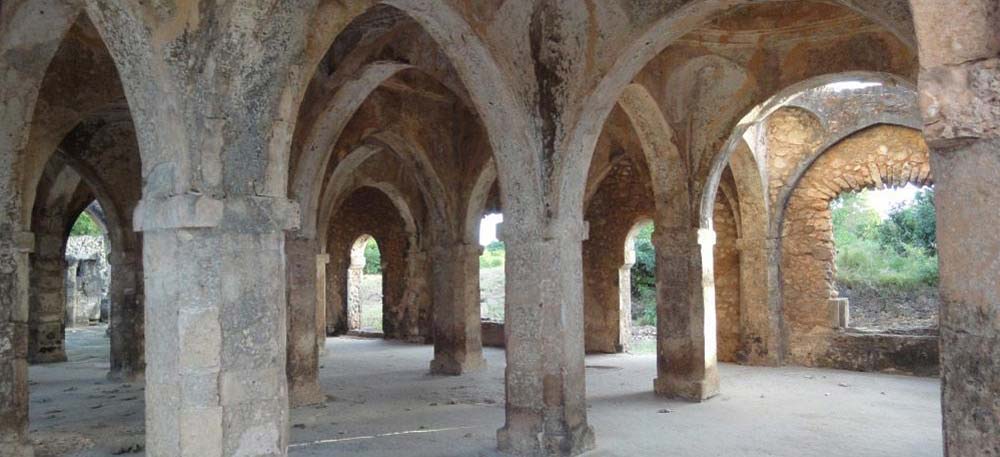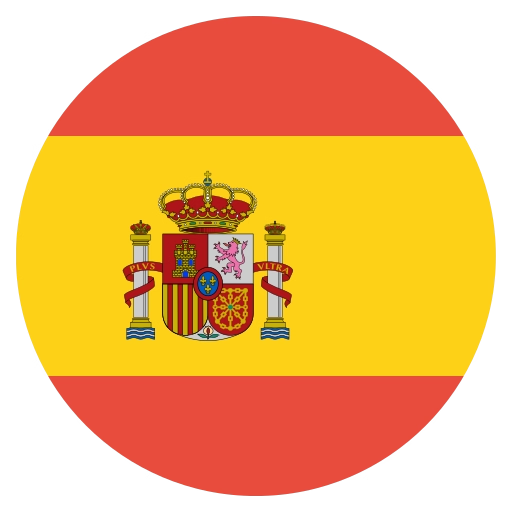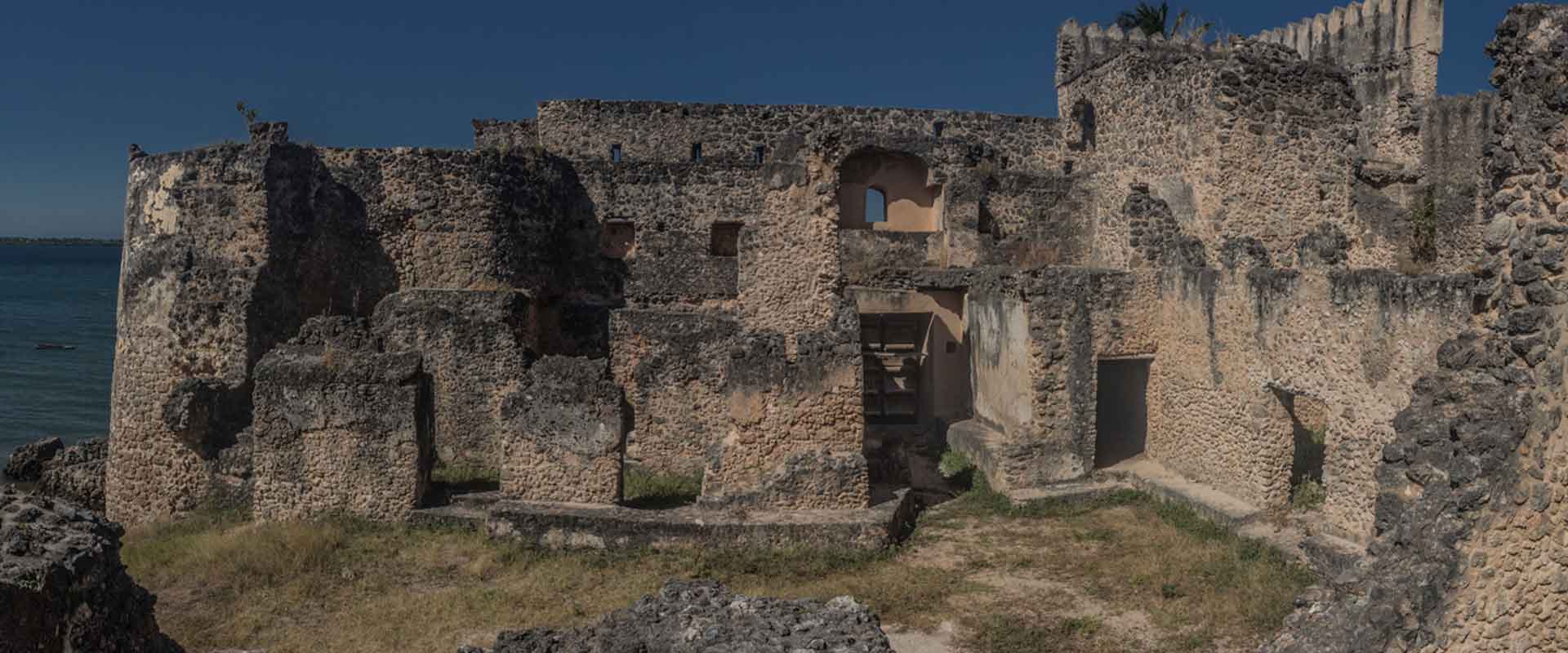


Tour Details
Kilwa, an island situated off the shore of East Africa’s advanced southern Tanzania, was the most southern of the real Swahili Coast exchanging urban areas that ruled merchandise coming into and out of Africa from and to Arabia, Persia, and India. It was once a flourishing seaport; from the eleventh century, the sultans of Kilwa developed rich from the control of the gold exchange. Kilwa developed in the thirteenth and fourteenth centuries and is referenced by a few early recorders. The most significant standing remains from this period are the Great Mosque and the Palace at HusuniKubwa. The royal residence was unrivaled in East Africa for its building complexity and wonder. Established in the fourteenth century, the Great Mosque was, up until the sixteenth century, the biggest mosque in sub-Saharan Africa. In 1498, the Portuguese touched base in East Africa and immediately declared command over the locale's exchange. They build a port at the edge of the town, which was finished in 1505.
The standing remnants of KilwaKisiwani speak to a cut through East African history, from the high purpose of the Swahili human progress, through decay under Portuguese control, to addition by the Omani Empire situated in Zanzibar. Structures from these periods, make KilwaKisiwani one of the first fabricated heritage locales in East Africa. Notwithstanding conserving the island's rich heritage, preparing nearby craftspeople and extending social the travel industry are other focal parts of WMF's program, as both give an increasingly important source of income for the general population of KilwaKisiwani, SongoMnara, and their neighbors on the region.



Need a more customised exprience?
We will make it happen.
Arusha Office:
- Phone: +255 784 162 038
- Email: info@faceafricaadventures.com
- Address: Moivo Olorein Ppf, Block 668 Agm Street Arusha Tz, 23100
USA Office:
- Skype: raydigiacomojr
- Email: sales@faceafricaadventures.com
- Address: Laguna Beach, California,
Enquiry Now
"We love hearing from you.So if you have any comments,questions,queries,or you just want to say hello,please get in touch with us".



.avif)



